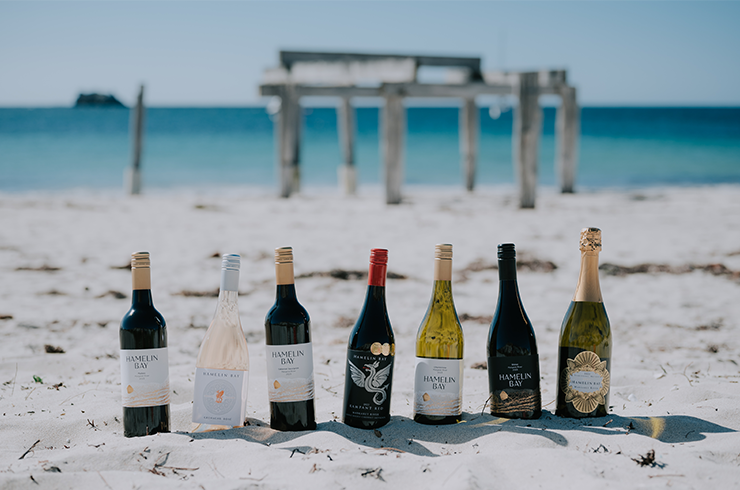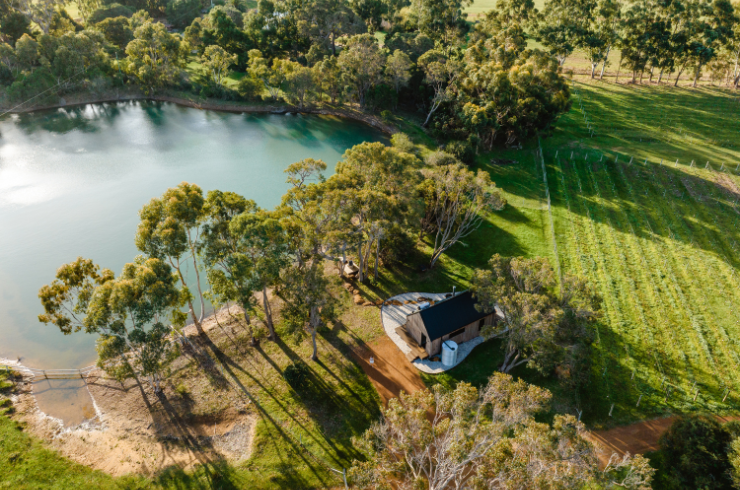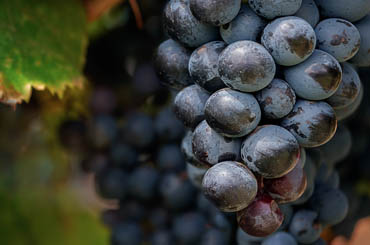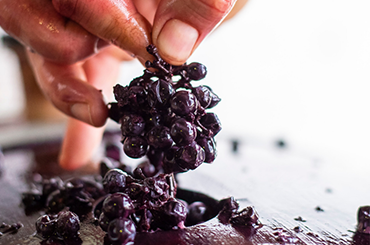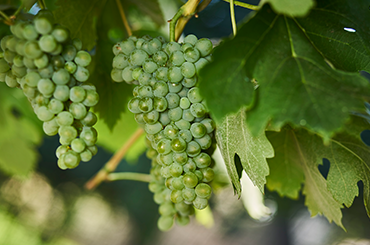With so much recent focus on pet-nat wines, which are turning up in bars, restaurants and bottle shops across the country, we take a look at this naturally sparkling style and share a few examples to try.
They’ve been made for centuries, can be sweet or dry, aromatic or funky, clear or cloudy, but are almost always textural and effervescent. Petillant naturel wines are the naturally sparkling wonders of the wine world and perfect for slaking a thirst with their myriad fun flavours and vibrant textures. They also have an uncanny ability to drink well, with or without food.
Commonly known as pet-nat, these naturally sparkling wines are the ancestral kin of méthode Champenoise where the wine finishes its primary fermentation in the bottle, trapping carbon dioxide and a sediment of yeast lees. This winemaking style is known as méthode ancestral, which produces a simpler, more rustic sparkling wine than Champagne. Where Champagne is typically crystal clear, pet-nats can sometimes be as clear as mud. The wines are typically unfined and unfiltered, and sealed with a crown cap, rather than cork or screwcap. Opening a bottle of pet-nat can be surprising and unpredictable, but also a pleasure.

The gluggable, spritzy deliciousness of these wines mean they beg to be shared with friends.
It seems the wine world is awash with pet-nat wines, which might lead you to believe they’re relatively easy to create, but it’s a little more complicated than that. Master of Wine Tim Wildman’s own foray into winemaking has resulted in a small batch of his pet-nat wines under the Astro Bunny and Dark Side labels sold in bars in Sydney, Melbourne and London. “Making a pet-nat is both very easy and very challenging,” says Tim. “Easy because you are basically bottling fermenting grape juice, but very challenging because it’s all about temperature and timing, and how that affects settling, turbidity, residual sugar and the absorption of carbon dioxide.”
Sometimes it doesn’t hurt to have a little luck on your side as well. “I think we fluked it the first time,” says BNW winemaker Andries Mostert. “Obviously the timing of bottling is critical, but our glass order was delayed. So to slow the ferment down a bit until the glass showed up, I stuck the wine in a refrigerated container overnight… When I got back in the morning, I discovered the container had been set to minus 20˚C and the wine was one completely solid block of ice! I had to wait for it to thaw out to see if it would begin to ferment again, which gave me the chance to rack off some of the heavier solids. Luckily it kicked off again, we bottled it and it ended up being perfect!”
The wines can be brilliantly colourful, spanning the whole spectrum of shades – pending the grape varieties used – from white to amber, rosé to red and all tints between and beyond. Most varietals are suitable for making pet-nat wine, with one caveat. Bryan Martin from Ravensworth in the Canberra District explains: “You need acid,” he says. “The best examples of pet-nat wines are those made with grapes that have a high acid profile. Chenin blanc would be fab, pinot gris would be broader, but fine. Riesling is perfect.”
Bryan’s 2016 Ancestral Riesling petillant naturel is a fizzy, foamy example of this style of wine very much alive in the bottle and glass. Bright as a yellow button, the wine hisses and fizzes, gushing out white floral, lemon sorbet and cream frosting fragrance. It’s sweet on the nose but ultra-dry, chalky and almost crunchy past the lips, with the balanced tang of white nectarine, green apple and coconut shavings.
Back over in WA, Andries agrees that grapes with higher acid are preferable for making pet-nats for maximum refreshment. “I think the combination of region and variety that allows you to pick fruit with highish acid, lowish sugar but enough fruit sweetness to result in a balanced wine works best,” Andries says. “My thoughts initially turned to pinot noir, chardonnay and riesling, but I’ve seen delicious wines made from all kinds of varieties.”
When you crack open a bottle of Brave New Wine 2015 Little Sister Pinot Noir pet-nat, you unleash the sound of spritz and fond memories of summer. Gurgling in the glass like a bowl of Rice Bubbles, tiny beads gently pulse upwards through deep shades of cherry red. A quick whiff and fizz tickles the nostrils. It smells of sweet tomatoes and cherry piths, and tastes dry, savoury and tart, like raspberries and pomegranate.
Pet-nats have a huge drinkability factor, can express outstanding balance, flavour and texture, and the best examples are worth the money. They might even change the way you think about wine for good.

